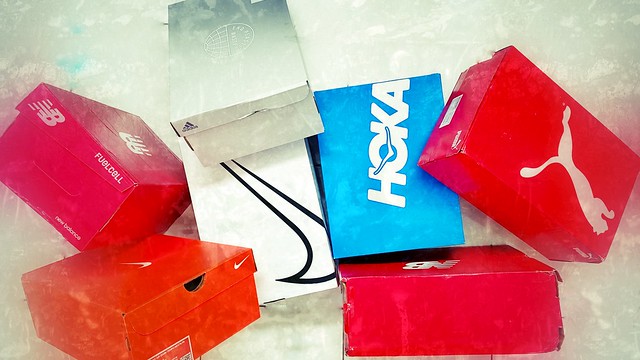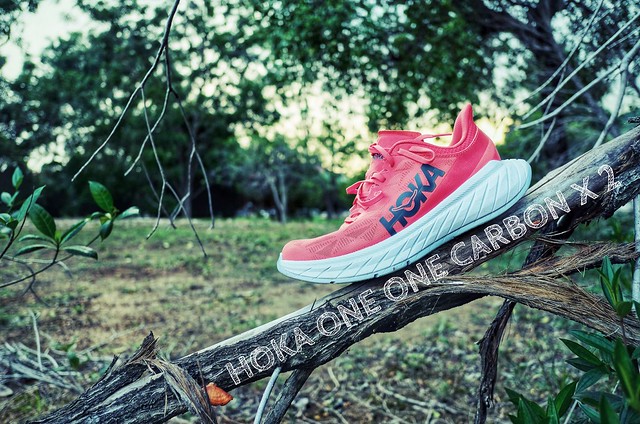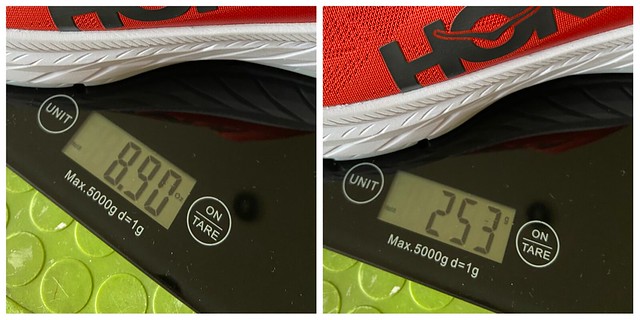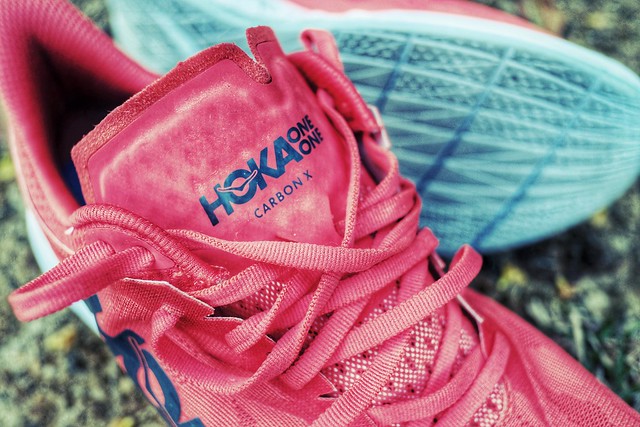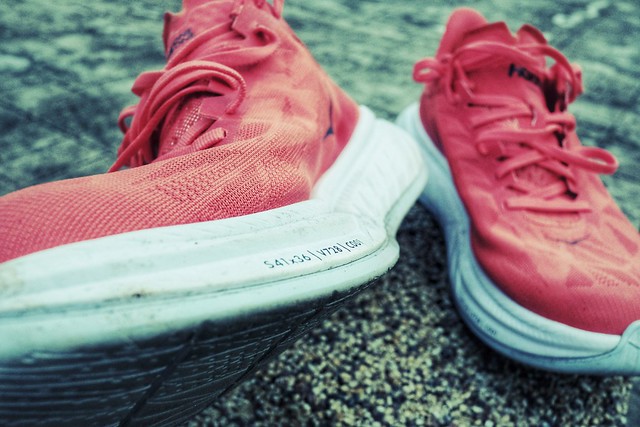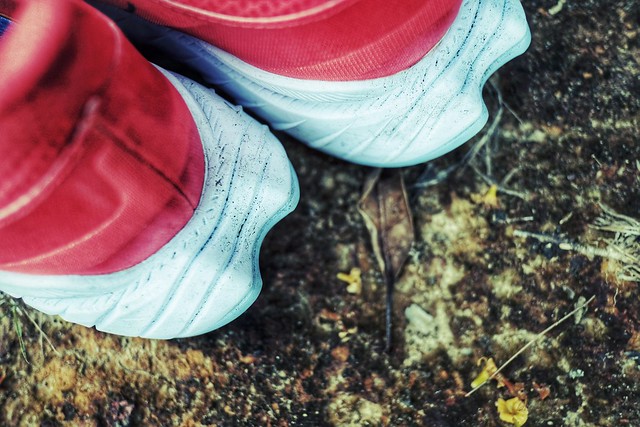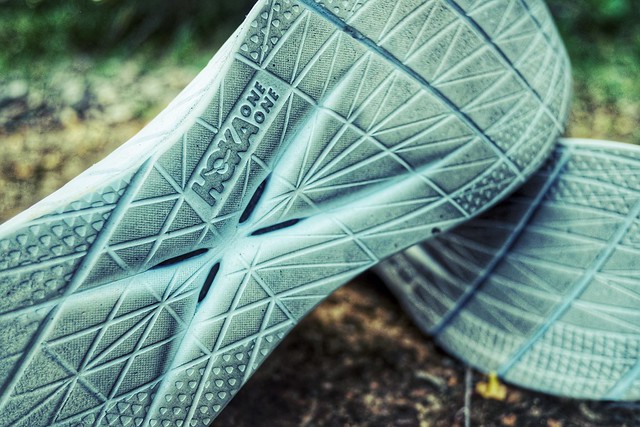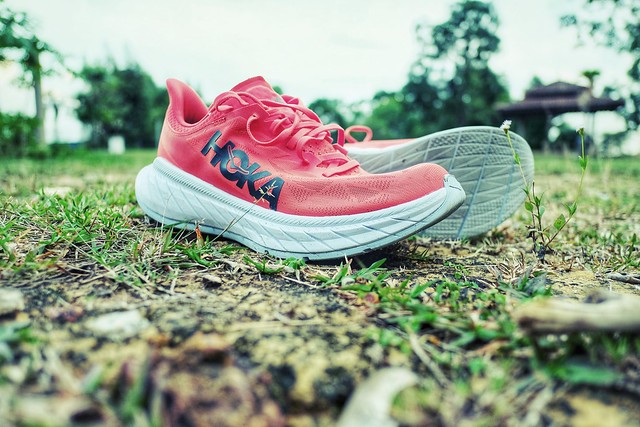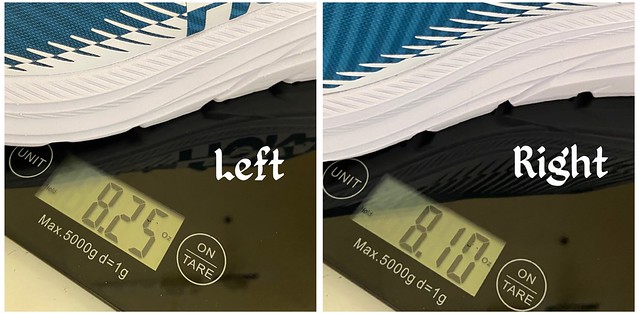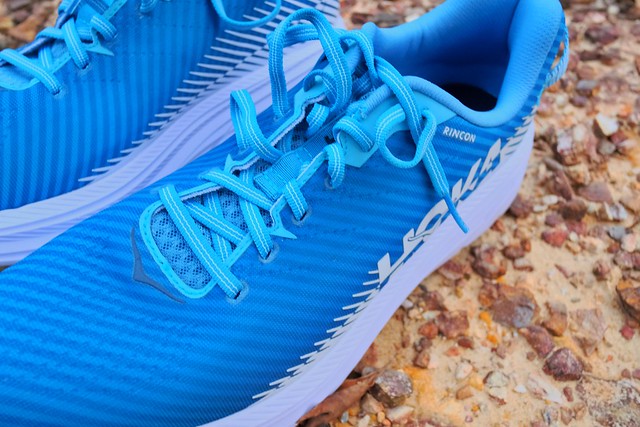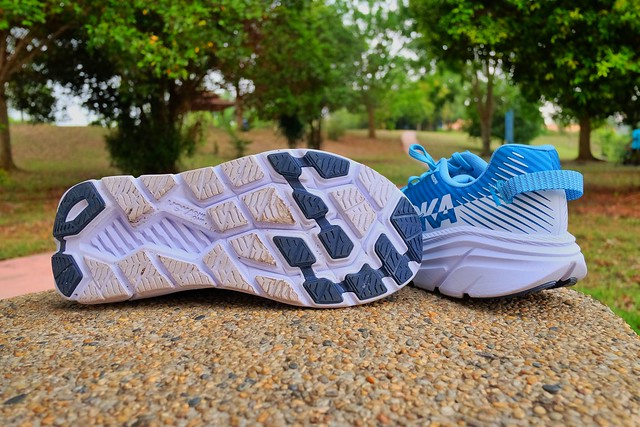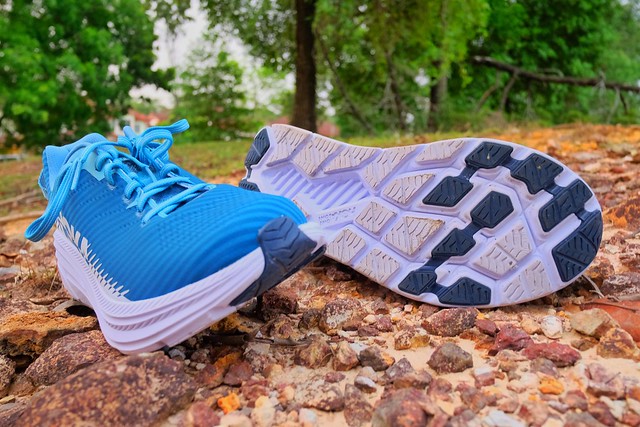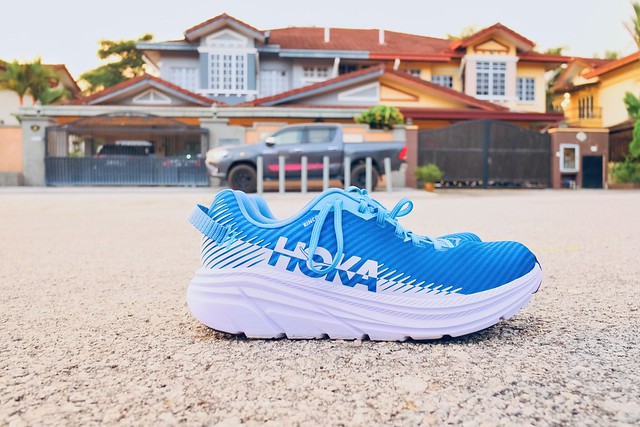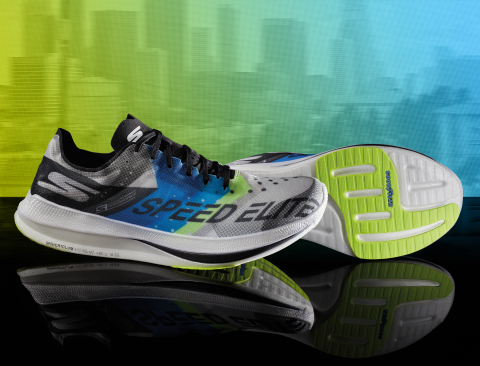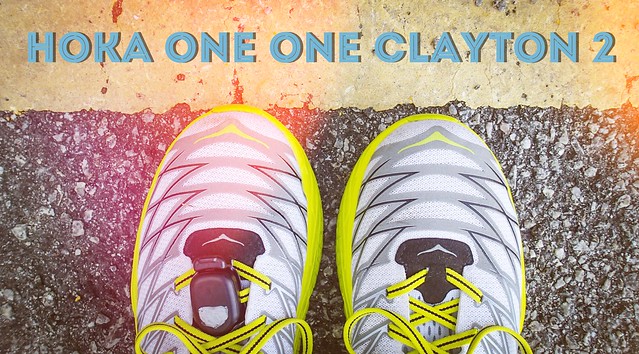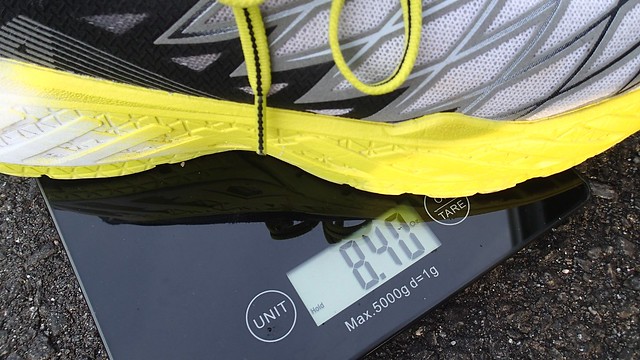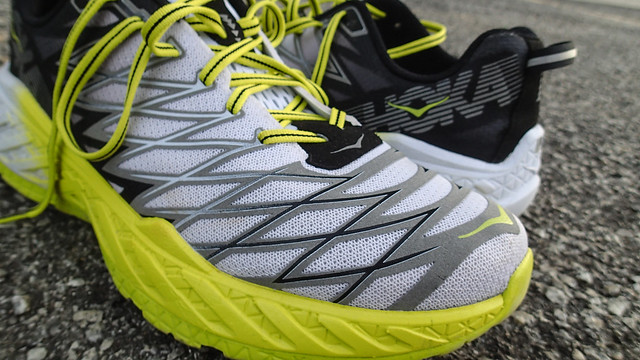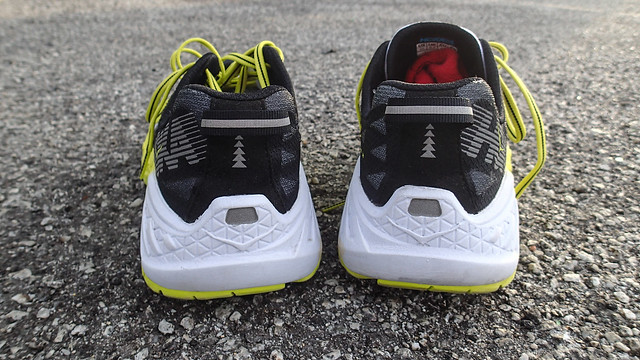Shoes I Bought But Wished I Hadn’t
We’re well into 2H’21 and things have remained pretty much the same. We’re still justifiably paranoid about COVID and its variants (damn you!) and there’s still no end in sight.
Despite that, I’m glad to be able to put considerable mileage into my shoe rotation over the course of GCM21 training and I’m fortunate that I’m still able to replace/complementing those with a couple of new shod. I’ll be quick to admit that some purchases were opportunistic grabs😏 .
Nike Zoom Alphafly Next% EK
This was definitely an opportunistic purchase🤦🏽♂️. Usually sold out in a matter of hours, I chanced upon it and impulsively fished out the plastic when I really shouldn’t have. Even if I was in the market for another “super-shoe”, a better choice would’ve been one from another brand – at least I’ll be able to experience another brand’s approach to a carbon-plated racer. And even if it had to be Nike, the considerably lower-priced and lighter Next% 2 would’ve made better sense.
With the wallet hit hard, the least I could do was to put the shoes to use. 8 runs and 52km in, I still have mix feelings about it. Sure, it’s bouncy as heck and I don’t find it particularly unstable on the straights but they sure feel chunky (I’ve mentioned they’re heavier than the Next%) and ungainly at the turns. My quads and calves were thoroughly hammered running long and at pace in them. I wrote about this in recap of my GCM21 attempt recently. The combination of the shoe’s soft and built-up midsole and the ridiculously frequent turns around my area were probable causes for flare-ups of my piriformis and quads. I hope to take the Alphas out again to Cyberjaya or Peremba when we’re allowed to, you know, for those 20Ks and above.
I’ve not reviewed the OG 4% nor the Next% (still new-in-the-box, which explains why) and I don’t think I’m going to be doing so for the Alphafly. A couple of reasons…
- All these shoes have been reviewed to death.
- They’d be passé by the time I get enough miles and have the time to write an in-depth review.
Next up, the Hoka One One duo of Rincon 2 and Carbon X 2.
We all know that first impressions can be misleading. That is why I reserve my shoe reviews until I get at least 80km in them. Even so, I’ve learned that feelings can change after 160km. One example was the Nike Epic React (yes, remember those?). I loved them only after 160km when the React foam was finally broken in enough to offer just about the perfect blend of comfort, cushioning and versatility.
So what’s wrong with both Hoka? I had a largely positive take on the Rincon [review] and a mix one for the Carbon X 2 [review] but both the Puma Deviate Nitro [review] and Saucony Endorphin Speed [review] proved indestructible at 300km and 500km respectively, and more importantly supremely enjoyable to run in. With these 2, any pace from Easy to HM are pretty much covered. And they work just as well for all distances too. Additionally, the Achilles heel of the Rincon started to surface right after crossing the 200km mark. Yup, the widely-reported poor midsole durability is true for the Rincon. I’m a lightweight yet the shoe no longer feels as protective nor cushioned anymore. The exposed outsole looks too trashed for me to even consider disposing it to a potential buyer.
As for the Carbon X 2, the shoe simply didn’t soften up even after 100km. I couldn’t understand why fans of the shoe call it bouncy and cushioned. Now, I could live with the X 2’s firmer ride and I believe the best rotation should have a mix of soft-firm, light-heavy and low-high stack shoes. But I already have shoes for that – Tempo Next% [review] for anything under 20km and Rebel v1 for 12km and under. A new owner for the X 2 was found quickly enough and proved to be win-win, with it a very good buy and a good fit for his HM training.
These 3 pairs of shoes cost me nearly RM2,400 and if I’d resisted the FOMO urges, I would’ve been able to parlay it into better shoes and more importantly bargains which are plentiful out there. If you’re in the market for training or racing shoes, consider the following:
- Puma Nitro Series. The Deviate Nitro is serving me very well and I’ve logged a handful of easy miles in the Velocity. The Magnify, Liberate, Eternity and Electrify can be bought through Zalora but I’ve my eyes on the Deviate Nitro Elite.
- Adidas Adizero Adios Pro 2 (if you can find it) and Adizero Adios 6.
- Asics Metaspeed Sky or Edge.
- Saucony’s Endorphin v2 Series are still as good as the first. They’re also great value with the Pro coming in under RM800.
- NB Rebel v2, 1080 v11 available from a legit seller via Shopee.
A week has passed since my 2nd vaccination and I’m slowly getting back to running with a couple of short ones and this morning’s 10K. The average pace I’ve sustained over the sessions have been around 5:50 – 6:10/km, quicker than when I kicked off the pre-GCM21 re-building phase. All comfortable pace for sure since I’ve to keep things easy for now while I work to get the piriformis back in order. I’m looking forward to working the shoes again.
So do you have any regrettable buys? I’d like to hear what they are!
